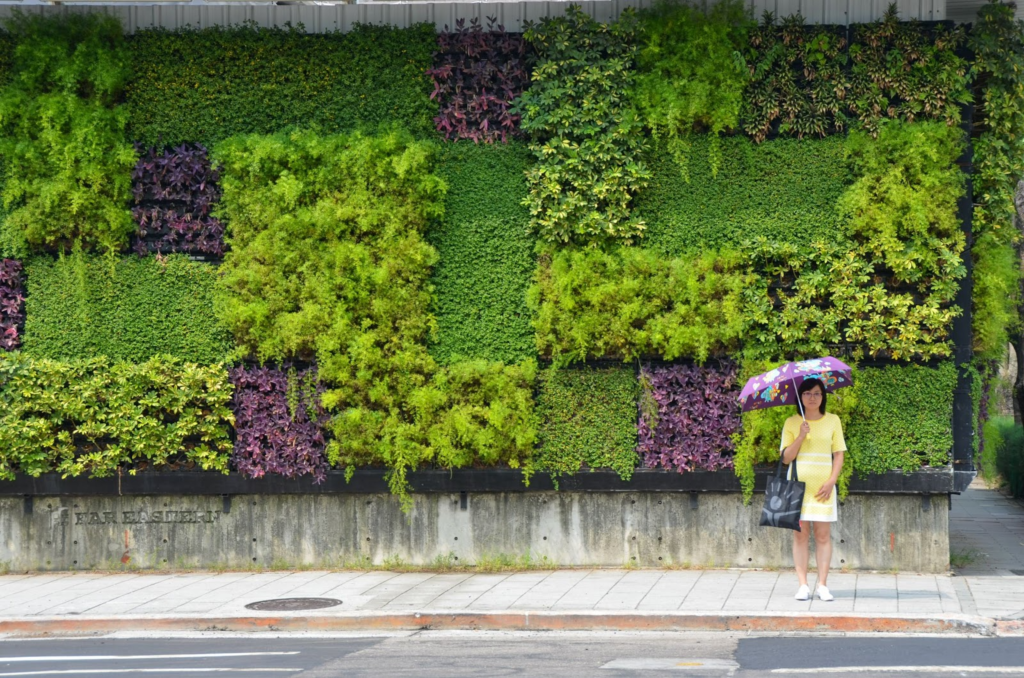
Source: Kate Trysh via Unsplash
24/May/2023 by Sophie
Urban agriculture is happening in cities all around the world, and it’s bringing some pretty great environmental benefits with it that goes beyond reducing our carbon footprint.
Urban areas often have issues with stormwater runoff. Because concrete isn’t very permeable, a sudden storm can cause all sorts of problems like flooding, erosion, and water pollution. But urban agriculture can help with that; by providing vegetation cover that absorbs and slows the flow rate of the stormwater. Green roofs and rain gardens are just a couple of examples of how urban agriculture can be used to reduce stormwater runoff.
Another great thing about urban agriculture is that it helps create new habitats for plants and animals. Urban areas are often lacking in green space and wildlife habitats, which can lead to a loss of biodiversity. But by incorporating native species into urban agriculture designs, we can create new habitats. By planting traditional crop varieties we can help preserve the genetic diversity within our cities. Rooftop gardens, for example, are a great way to provide habitat for local pollinators, while indoor green walls can support a variety of local plant species as they purify the air.

Source: Meggyn Pomerleau via Unsplash
In addition to the environmental benefits, urban agriculture can also create green jobs and new economic opportunities (##). It provides employment opportunities in areas like farming, food processing, and distribution, which is great for small-scale farmers and entrepreneurs. And by contributing to the development of sustainable and environmentally-conscious communities, urban agriculture can help to stimulate the local economy too.
Of course, it’s important to remember that urban agriculture is just one tool in the larger effort to create more sustainable and resilient cities. And if it’s not designed and managed properly, it can have some negative impacts. That’s why it’s important to take a holistic and integrated approach that considers the social, economic, and environmental dimensions of urban agriculture. By working together and collaborating with diverse stakeholders, we can create more sustainable and resilient cities that benefit both people and the planet.

Source: Nadine Marfurt via Unsplash
So there you have it! Urban agriculture is a pretty cool movement doing some pretty amazing things like improving urban watersheds, preserving biodiversity, increasing ecological connectivity and creating green jobs. Let’s keep supporting it and working together to create a better future for ourselves, our neighbours, and our planet.
